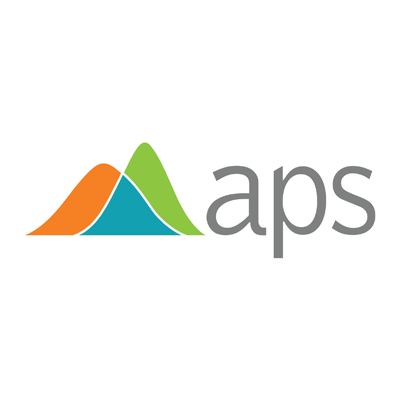 Advanced Practice Strategy (APS), a national leader in healthcare assessments, education, and analytics, is pleased to announce the completion of its 12th Clinical Pearl now available in GNOSIS for OB, the nation’s leading assessment-driven personalized learning platform. The new offering entitled, “Managing Risk in Shoulder Dystocia and Appropriate Documentation” was built to supplement the Shoulder Dystocia course and focuses on targeted content identified by aggregate assessment data.
Advanced Practice Strategy (APS), a national leader in healthcare assessments, education, and analytics, is pleased to announce the completion of its 12th Clinical Pearl now available in GNOSIS for OB, the nation’s leading assessment-driven personalized learning platform. The new offering entitled, “Managing Risk in Shoulder Dystocia and Appropriate Documentation” was built to supplement the Shoulder Dystocia course and focuses on targeted content identified by aggregate assessment data.
“Learning never stops,” said Sandhya Gardner, chief content officer at APS. “Our clients asked for more content to enhance learning in certain practice areas where national assessment data indicates a need for improvement. In response, APS has developed twelve new opportunities called Clinical Pearls to continue the cadence of learning.”
Designed to cover the most up-to-date, evidence-based best practices, Clinical Pearls provide clinicians with case-based learning modules that strengthen clinical proficiency and reduce risk. Clinical Pearls provide immediate education to learners who performed in the lowest quartile on GNOSIS assessment-driven courses. The content has also been designed for all proficiency levels as life-long learning opportunities, which expand upon a specific “pearl of wisdom” in a high-risk clinical practice area. These modules offer all learners a ~30-minute experience that strengthens fundamental understanding of clinical concepts as they present themselves in real-life case-scenarios.
The newest Clinical Pearl focuses on a clinical scenario of shoulder dystocia to highlight a well-prepared, team-based response to this obstetrical emergency. It highlights how complete and accurate medical record documentation is an invaluable resource when defending an alleged malpractice claim involving a shoulder dystocia delivery.
Available to all GNOSIS for OB users at no extra cost, these modules can be implemented by your account manager upon request. The modules are:
1) The NICHD Language of Fetal Heart Rate Monitoring
2) The Importance of Clinical Context in Managing the Category II Fetal Heart Tracings
3) Intrapartum FHR Pattern Evolution
4) Category III Fetal Heart Rate Tracings
5) Shoulder Dystocia: Primary Maneuvers
6) Shoulder Dystocia: Secondary Maneuvers
7) Chronic Hypertension and Superimposed Preeclampsia
8) Obstetrical Hemorrhage: Recognizing Risk, Prevention Strategies, and Preparation
9) Managing Obstetrical Hemorrhage Due to Uterine Atony
10) Shoulder Dystocia: Teamwork and Training
11) Atypical Presentation of Preeclampsia
12) Managing Risk in Shoulder Dystocia and Appropriate Documentation
For information on all twelve Clinical Pearls, visit www.aps-web.com/gnosis-for-ob or contact us at info@aps-web.com or 617-275-7300.